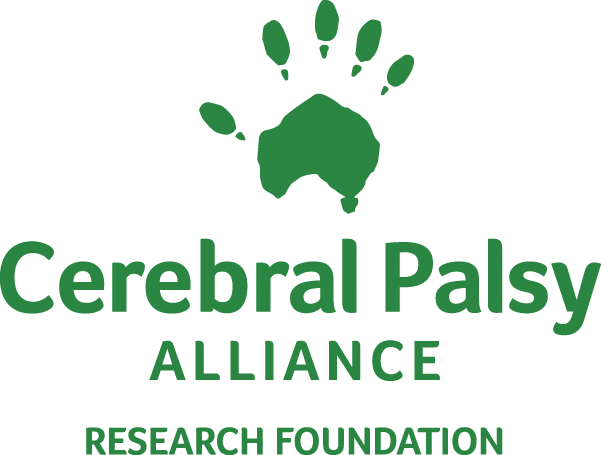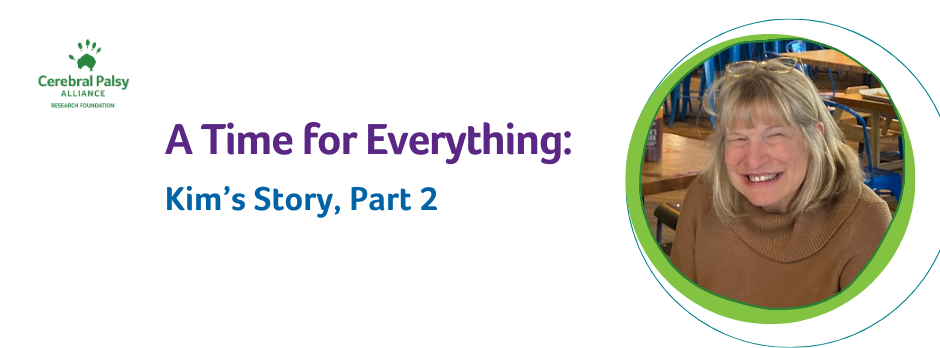
Changing What's Possible: The Disability Innovation Podcast | Season Two
Episode Eight | Say Goodbye to UTIs With Aurie’s No-Touch, Reusable Catheter System
Planning each day around going to the bathroom can make it difficult to do everything you want in life, and reusing a typical intermittent catheter can put you at high risk for potentially deadly urinary tract infections. For stroke survivors, people with spinal cord injuries, cerebral palsy, multiple sclerosis, and other conditions, intermittent catheterization is the most common way to empty their bladders.
In the first part of this episode, you’ll meet Souvik Paul, CEO and Founder of Aurie, a startup company in our 2023 Remarkable US Accelerator Program. Aurie is working to improve the health, freedom, and quality of life for the millions of people around the world who use intermittent catheters by developing a new no-touch, reusable catheter system. Our second guest, Carina Ho, sustained a spinal cord injury and inspired Souvik to start Aurie. She shares her story and personal perspective.
View the transcript for Episode Eight
Listen and subscribe to learn more about how you or someone you care about can benefit from today’s latest advances in disability tech.
Thanks for listening! We’d love to know what you think of Changing What’s Possible. Please leave us a review on your favorite podcast platform, share your favorite episode with your friends, and help spread the word on social media.
Follow us: Instagram | Facebook | Twitter
Check out episodes from Season One and stay tuned for Episdoe Nine on September 1!
Tue 16 Jul 2024
By Kim Greene Season of Confirmation With his affirmative comment and now wondering if indeed I had a neurological issue, I googled what I knew about my history. I knew that I had been adopted and born eight weeks early and had to be kept in the hospital until I was stable and weighed more […]
Wed 10 Jul 2024
Cerebral Palsy Alliance Research Foundation (CPARF) and CVI Now (part of the CVI Center at Perkins School for the Blind) are hosting a joint event on Thursday, July 25 from 5:30 pm to 6:30 pm ET. Launching CPARF’s new “CP &…” series, the event will dive deep into the connections between cerebral palsy (CP) and […]






